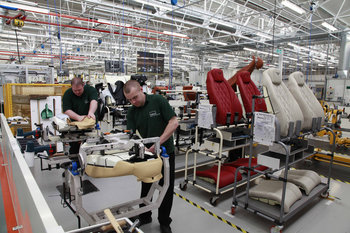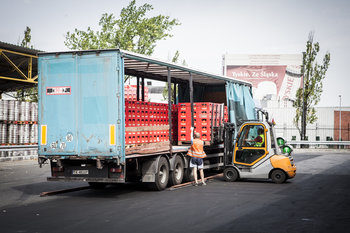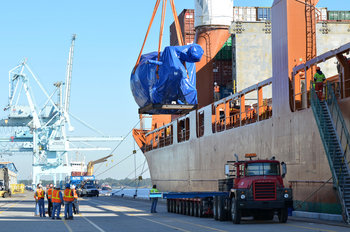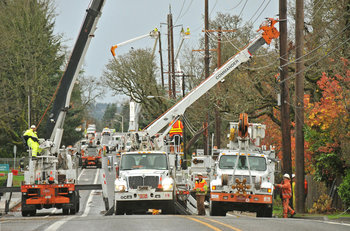
Revenue Per Employee
A basic business input is the labor of employees. The productivity of labor can measured by revenue per employee. For example, a train manufacturer with revenue of $5 million per employee is generally more operationally efficient than a competitor with revenue of $2 million per employee.Line Efficiency
The efficiency of a production line might be measured in units per hour.Energy Efficiency
A key consideration in the operations of facilities such as data centers is energy efficiency. In many cases, facilities have the space for more customers but don't have enough power for them. Efficiency can be improved by installing energy efficient computing equipment and cooling systems. It can be measured using metrics such as revenue per kwh.Process Efficiency
Processes are the repeated cycles of business activity that can be optimized using techniques such as automation. For example, an ecommerce company might view operational efficiency in terms of the order provisioning costs of its order-to-cash process.Marketing Efficiency
Marketing efficiency such as customer acquisition cost.Asset Efficiency
The efficiency of capital assets such as the occupancy rate of a hotel.Equipment Efficiency
The efficiency of equipment such as an high speed train that is highly reliable and reasonably energy efficiency.| Overview: Operational Efficiency | ||
Type | ||
Definition | The output a business from each unit of input. | |
Related Concepts | ||





























